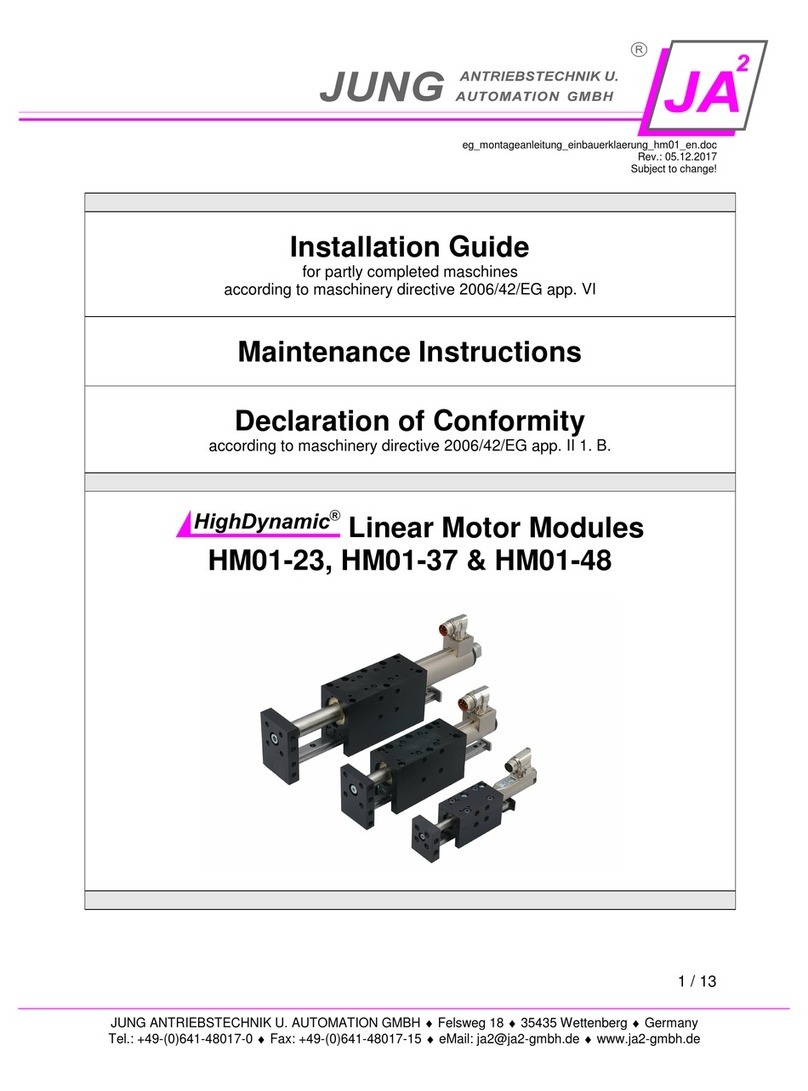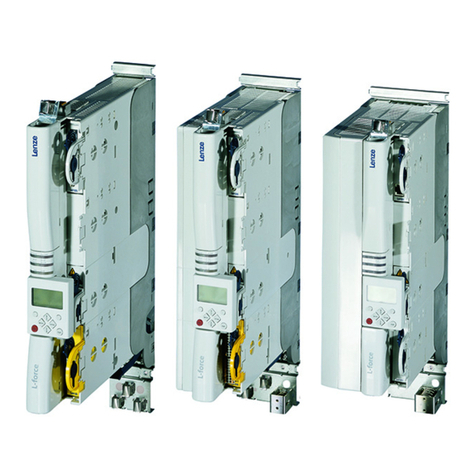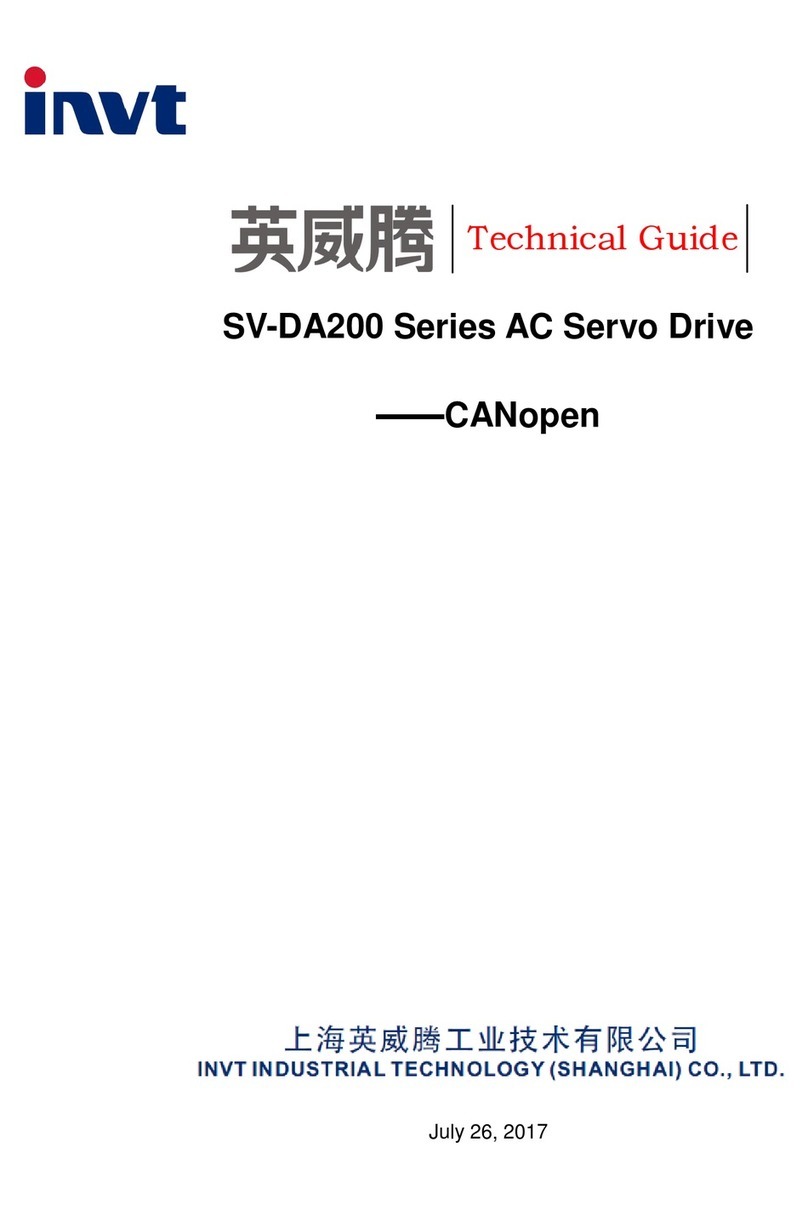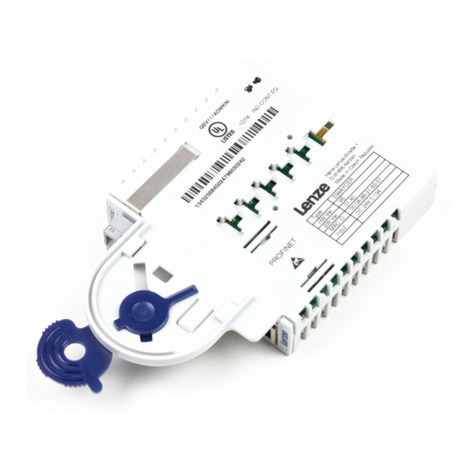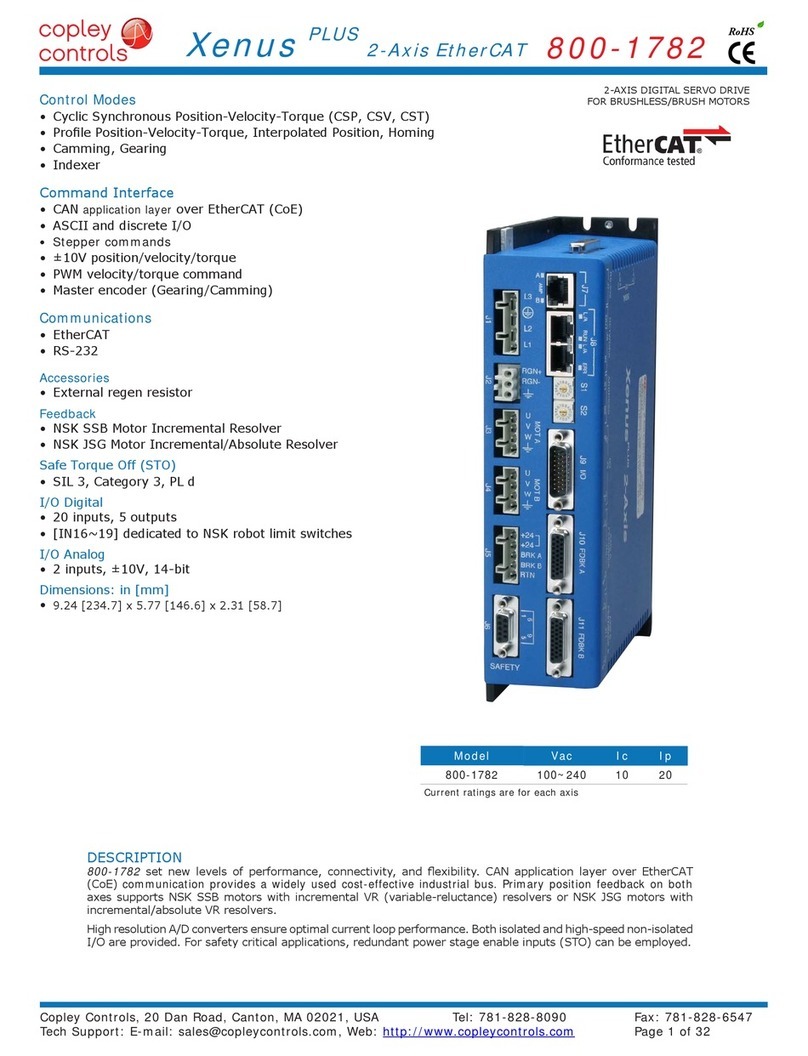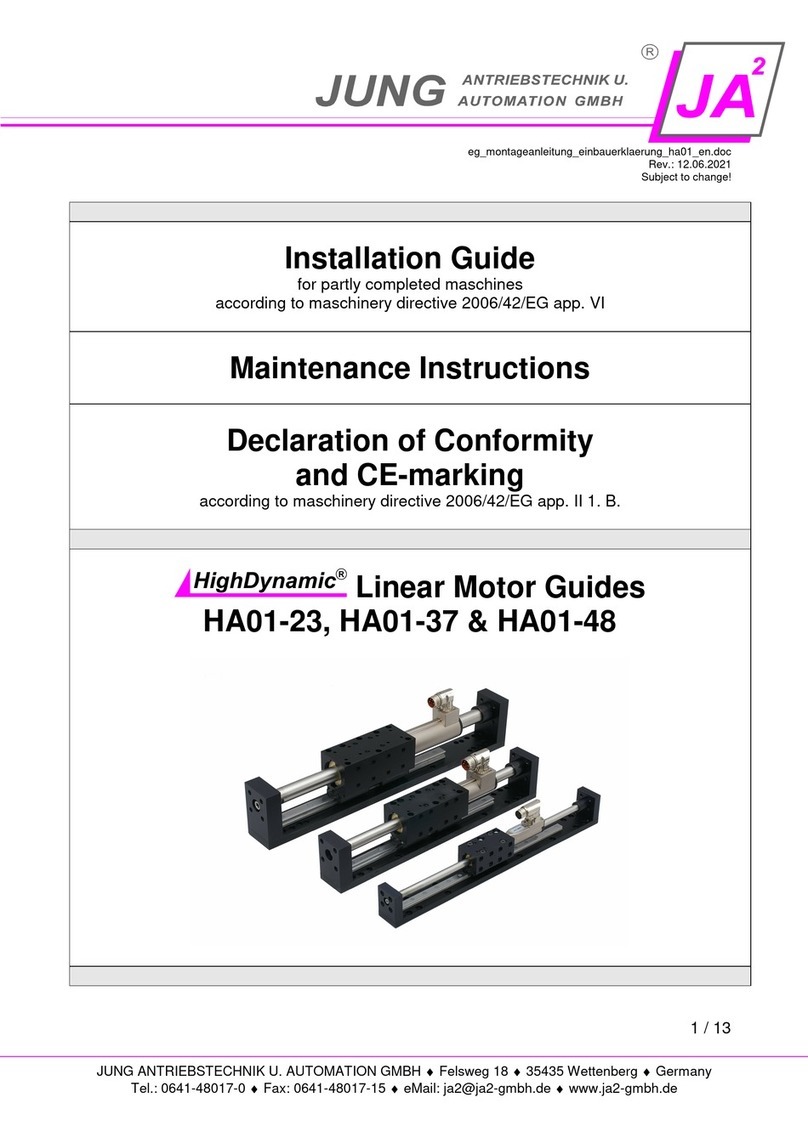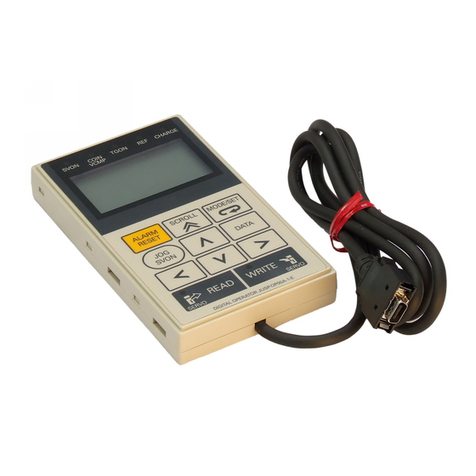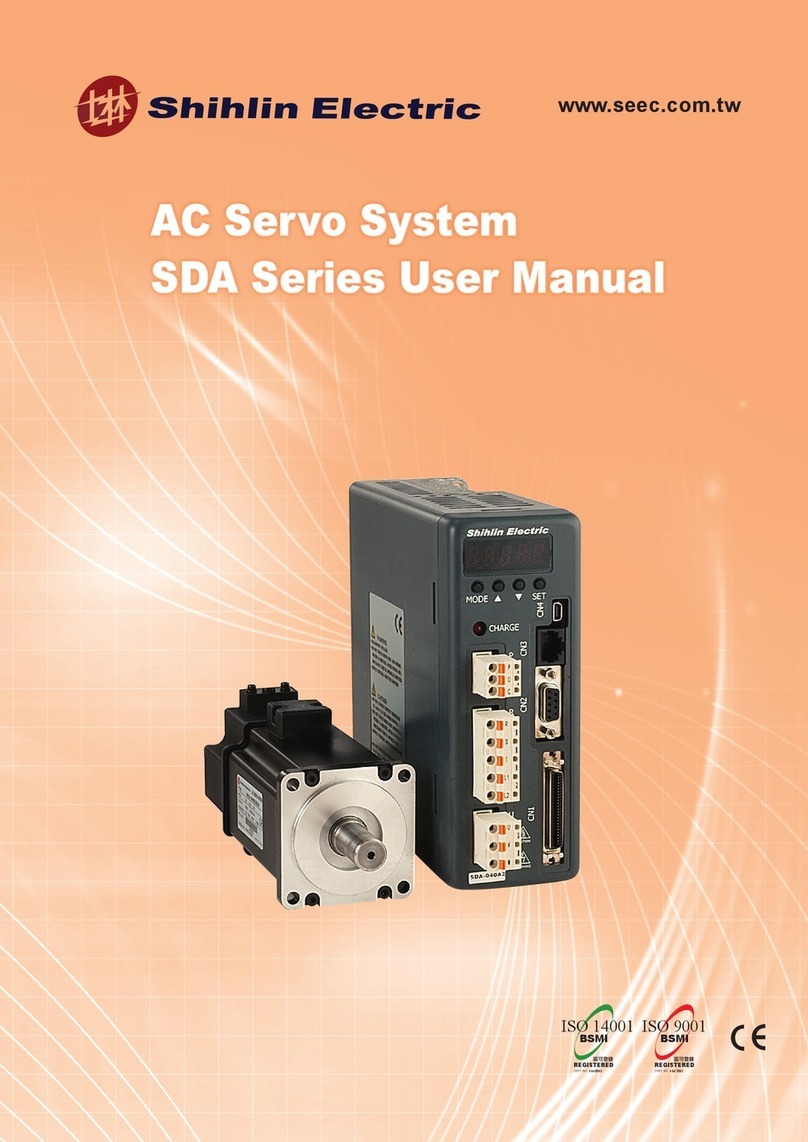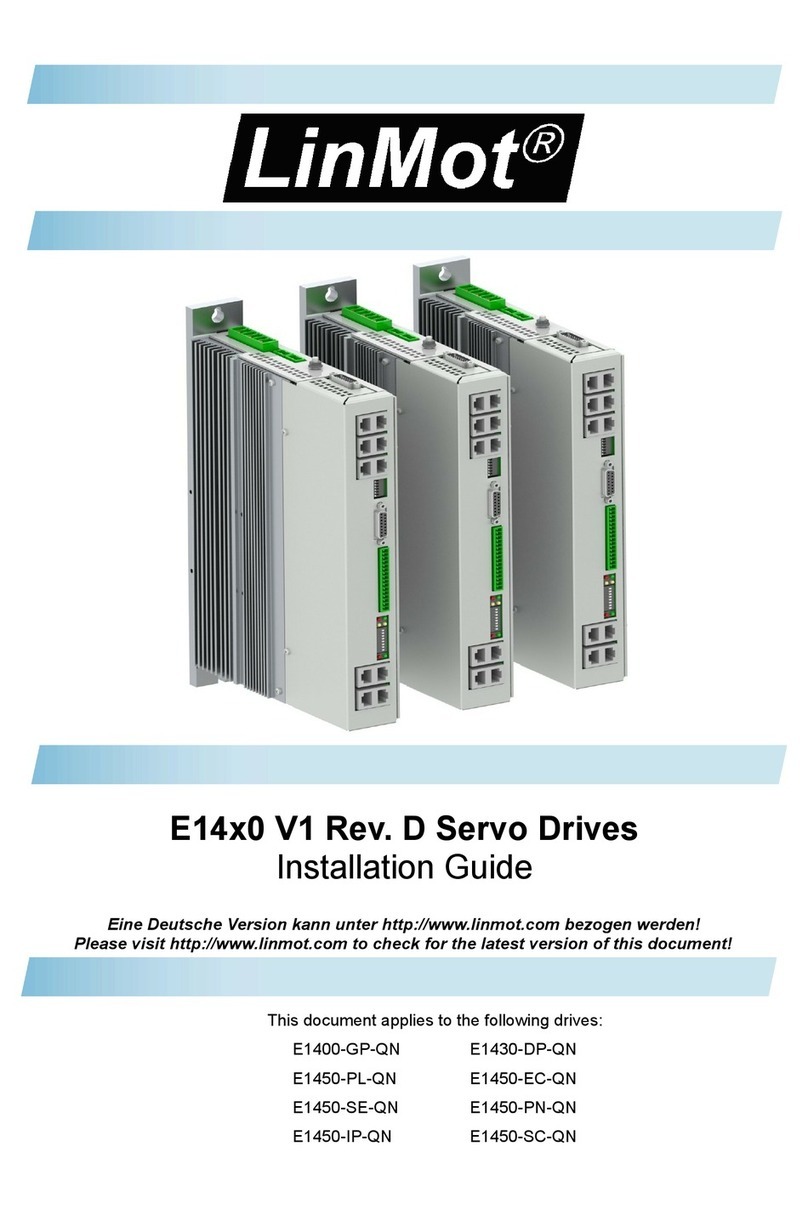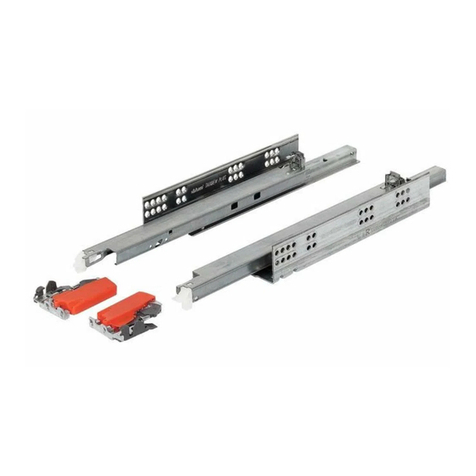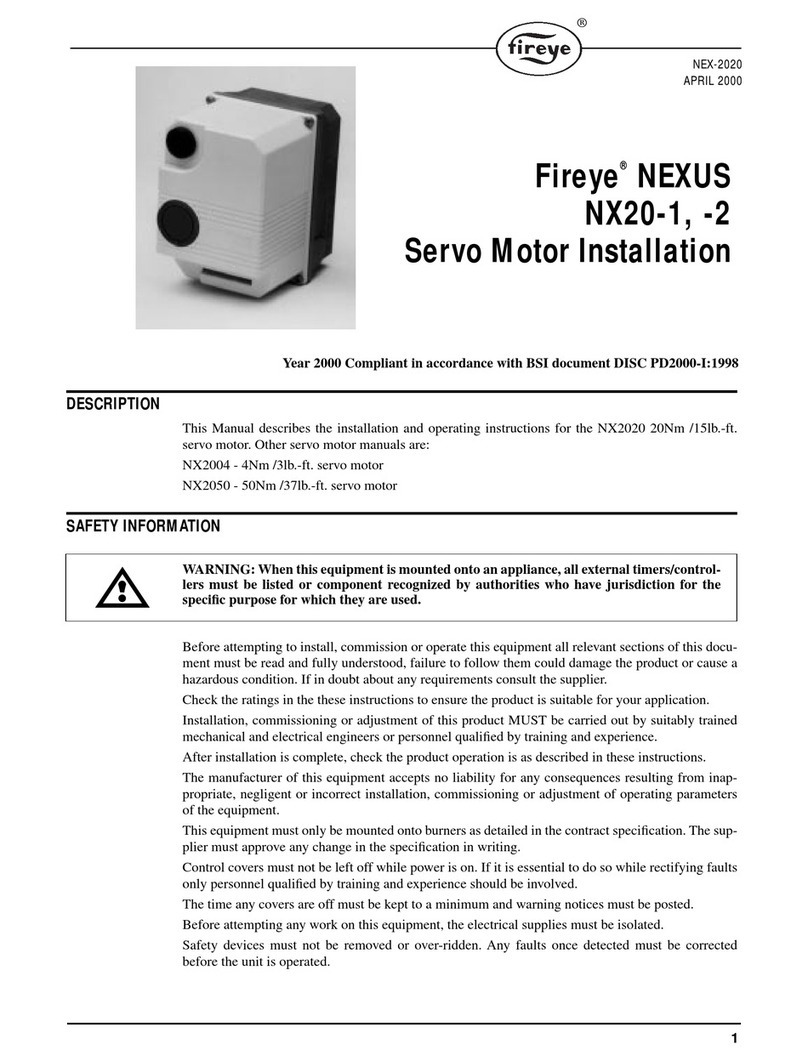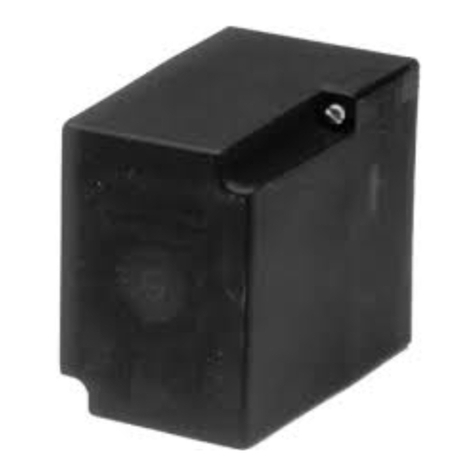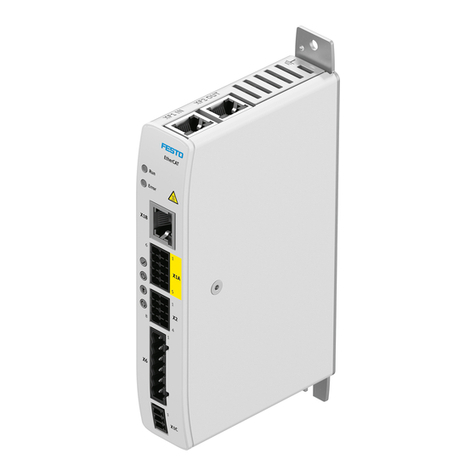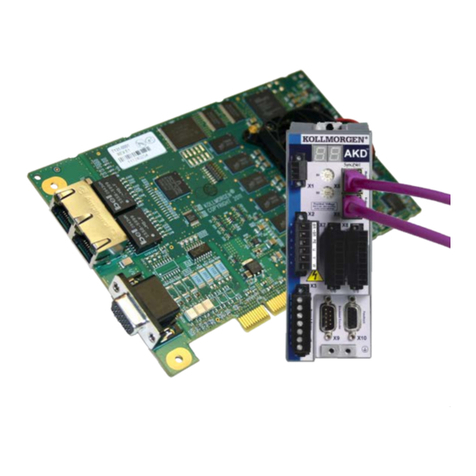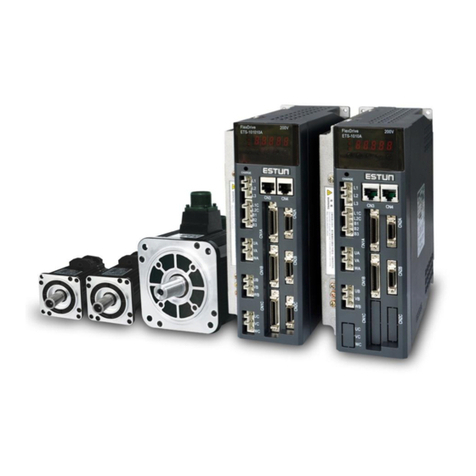
3.1 Mechanical fixing.
Brackets to support the weight of the actuator (7.5 lb) must be fabricated to suit the burner and
valve/damper components.
The actuators are provided with M6 tapped screw holes into the body. The maximum depth of
these holes is 12mm. The geometry of the actuator fixing holes is shown in the drawing 2.1.2.
Specific attention should be paid to the alignment of the output shaft and the spindle of the valve
or damper, because they must align ‘centred’. Select a flexible coupling when variations in
alignment are suspected.
3.2 Wiring Requirements.
This equipment must be installed using wiring methods as required for Class 1 Division 2 as per
the NEC and/or CEC.
Please pay particular attention to the wiring requirements for the actuator. These will protect the
equipment from electrical interference, earth loop problems, and damage to the controller and
modules.
3.2.1 General.
WIRING INSTALLATION MUSTBE CARRIED OUT BY A COMPETENT ELECTRICIAN.
The main controller MUST be mounted within a ‘burner cabinet’ or similar panel in a designated
‘safe’ area, and MUST be earthed to the overall enclosure to ensure safe and reliable operation;
use the largest cross-sectional area green/yellowearth wire available. Do not use a green/yellow
conductor for any purpose other than earth. The metal body of all other component parts
MUST be connected to earth using a green/yellowconductor.
To comply with EMC requirements, the controller and any optional units must be wired using the
specified cable sizes, and screen connections, observing any maximum cable length limitations.
Cabinet designers MUST segregate Line voltage and Extra Low Voltage (ELV) cables within the
burner cabinet, distribution panels and conduits.
The manufacturerof this equipment recommends the use of bootlace ferrules on all wire
ends, as a “best practice”.
Bootlace ferrules
All cabling that operates at more than 50 V must be multi-strand, single core, PVC insulated,
16/0.2 mm (0.5mm2), and must meet the requirements of NEC and/or CEC.
For cables carried in conduit, secure all cables at both ends, using a suitable anchorage method
in the cabinet. Ensure that cables, conduit and conduit connections meet the requirements for
hazardous area operation. No additional cable or conduit entry holes are permitted in the
casing or cover of the actuator.



















